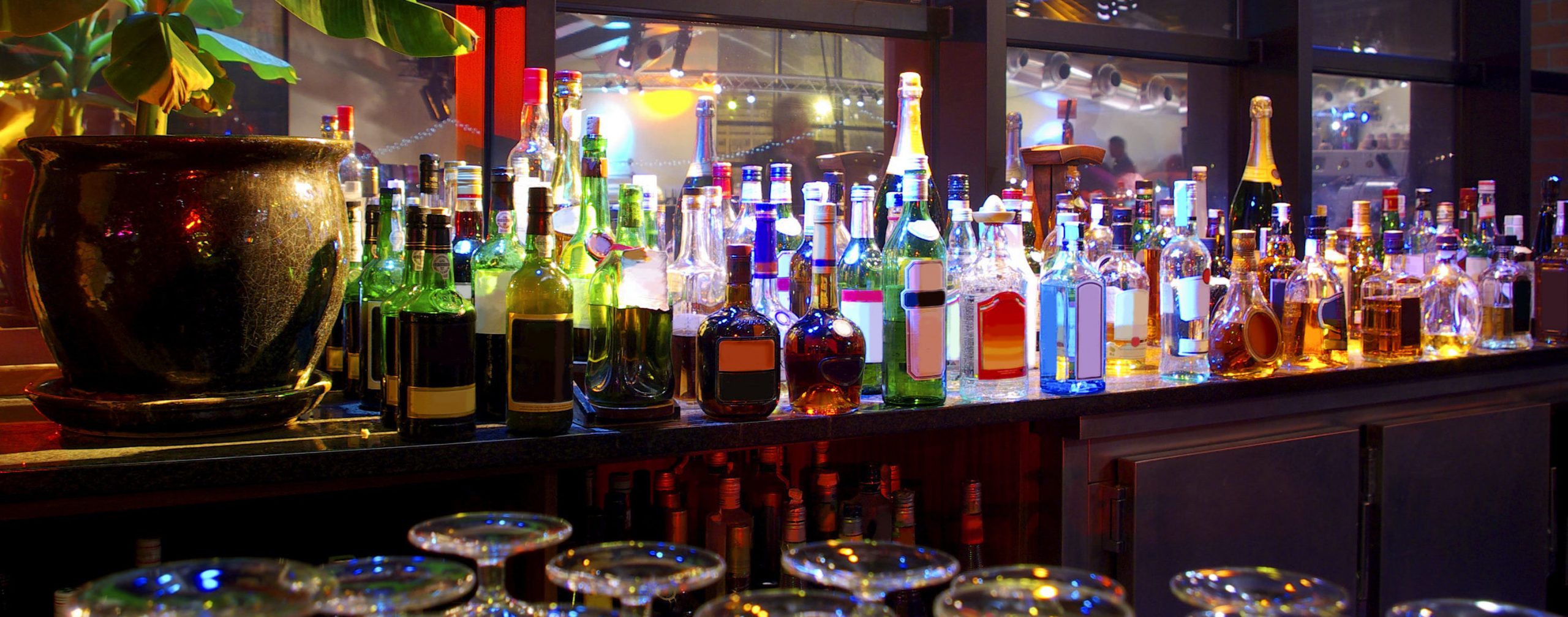

You speculated with friends over drinks, laughed over possible names, found the capital to get this whole pipedream off the ground, and here you are—opening night. But, which beers, wines, and spirits should you have in your bar inventory system? You’re going to need items on your shelves that appeal to a broad audience. Our comprehensive product checklist below illustrates how to stock a bar to keep patrons coming back time and time again.
Start Your Free Trial With Bevspot Today!
Before we begin, here are some terms to keep in mind:
Well – Spirits you’ll use when patrons don’t name a spirit brand in a drink order. (Example: Gin and tonic.) Your well bottles are often the best deal for both the bar and the customer.
Call – Spirits you’ll use when patrons do name—or “call”—a specific spirit brand in a drink order. (Example: Tanqueray and tonic.) ‘Call’ bottles tend to be your more popular brands, but are generally not the most expensive.
Premium – Also known as top-shelf, these items are usually the most expensive and carry a more refined reputation. These bottles are often on display on your back bar or in display cases to pique customers’ interest.
Blanco – An aging term that applies to tequilas and some rums. When a spirit was not aged in barrels for any extended length of time and carries a blank (blanco) or clear hue to it. Brands like Patron also use the term ‘Silver’ for these items.
Reposado – An aging term that applies to tequilas. It means the spirit was aged in oak barrels for a limited period of time. Reposado tequila is smoother and has a light woody note in both the color and flavor profile.
Anejo – An aging term that applies to tequilas and some rums. It means the spirit was aged in oak barrels for at least one full year. Anejo spirits tend to be more expensive and refined than their less-aged counterparts, and are not used as much in mixed drinks or cocktails.
If you want a flavored vodka, stick with a brand of citrus vodka—it’s the most versatile.
Aim to map your gins around the intensity of the botanicals on the palate.
Try to stock multiple kinds of rum to keep a wide variety of rum drinkers happy.
Tequila quality can vary drastically. Make sure to test out a few samples.
You can, and probably should, expand your whiskey selection once you have a better understanding of your customers’ tastes.
You’ll most likely be using more sweet vermouth than dry. Try a premium product like Carpano Antica to up your Old Fashioned and Manhattan game.
Triple Sec is easy to miss when stocking your bar, but it’s a key ingredient in many more drinks than you’d think.
This is one area where you don’t need to branch out too far. Stick to Angostura Old Fashioned bitters and Regan’s Orange Bitters to get started.
Having simple options will keep anybody ordering red wine happy, because they will recognize the varietals.
Keeping in line with our options for red wine, make sure you are stocking at least one light-bodied white along with one richer, full-bodied option.
Make sure you have one sparking option that is quality to pour out on its own, but also won’t overpower cocktails when the recipe calls for a sparkling wine topper.

If you pick your styles carefully, you can have a pretty full selection from just four taps.
Think of your bottled and canned beers as a supplement to your draught program and don’t forget to stock at least one cider to have an option for gluten-free drinkers!
This checklist is a great way to stock a standard bar, but remember, your list should adapt. Add additional items as needed to expand your selection, or remove items that aren’t selling. Identify your opening products, work with your distributors’ sales reps to get your bar stocked properly, and good luck with the grand opening!
Is there anything you think we missed in this checklist? Let us know in the comments and learn more about bar management duties before opening!
Schedule 15mins to chat with a product specialist
Start a FREE Trial Today! BevSpot offers full product education and account setup for all customers! No card Information needed!
